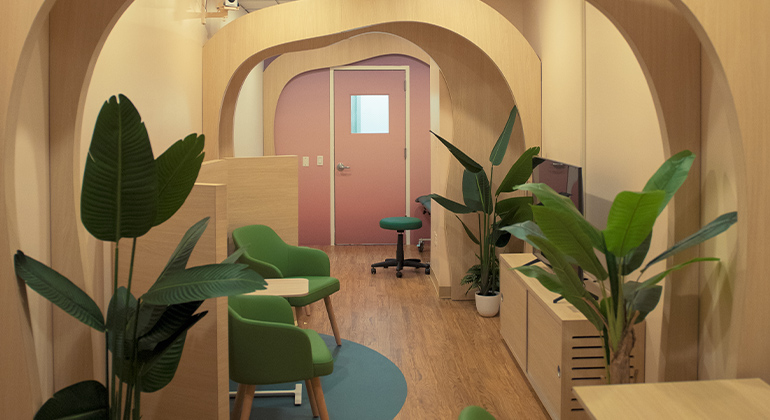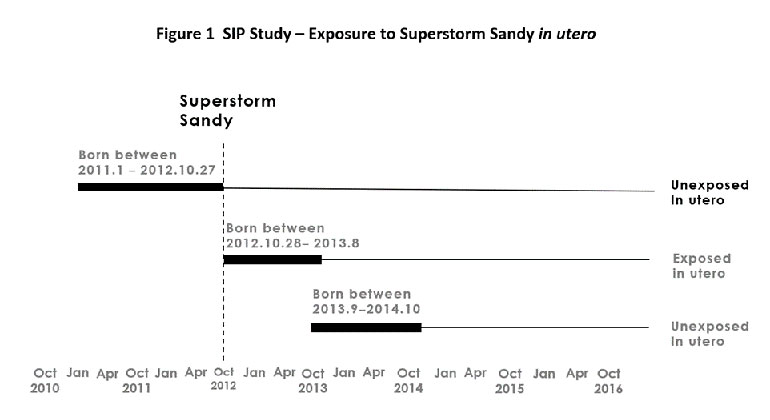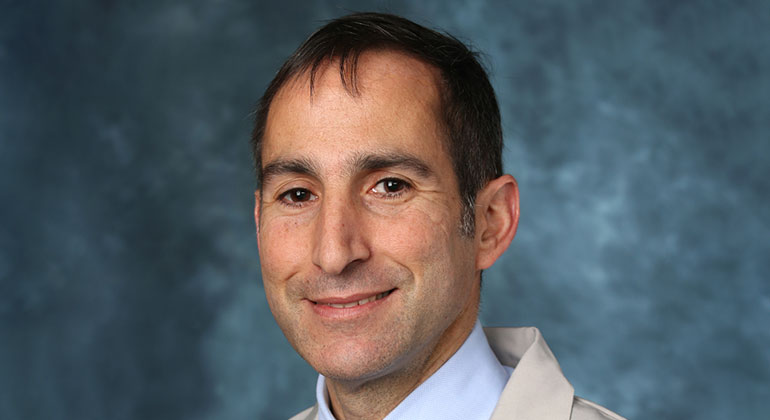Mount Sinai Researchers Find Lead Poisoning Highly Prevalent Among School-Aged Children in Uganda
Blood lead levels in children living near a landfill in Kampala, Uganda, are nearly 20 times higher than levels found in U.S. children.
Researchers at Mount Sinai School of Medicine have found that children living near the Kiteezi landfill in Kampala, Uganda, have blood lead levels nearly 20 times as high as the typical lead level found in U.S. children. The data are published in the current issue of Environmental Health Perspectives.
Led by Leonardo Trasande, MD, Assistant Professor of Preventive Medicine and Pediatrics and Co-Director of the Children's Environmental Health Center at Mount Sinai School of Medicine, researchers evaluated 163 children ages four to eight from nine schools located near the Kiteezi landfill, a site known to contain high levels of lead and other heavy metals. They found that 20.5 percent of the children had elevated blood lead levels (EBLL) greater than 10 micrograms, the level believed to cause developmental and intellectual impairment.
"Exposure to such high levels of lead can seriously hinder brain development,” said Dr. Trasande. “While the developing world has made great strides in reducing exposure by phasing out lead in gasoline and paint, our study shows that it is still pervasive in the environment."
Dr. Trasande’s team took blood samples and questionnaire data from the children and obtained soil samples from their homes and schools, which are all within 1.5 miles of the landfill. Families that owned more household items and dug wells for their water supply had less chance of EBLLs. Families that consumed more canned food were more at risk, possibly because of lead solder used in cans, and at one point increase in socioeconomic status was associated with 0.57 microgram decrease in blood lead. Most importantly, children living within a half mile of the landfill were 3.4 times more likely to have EBLLs.
"The results of our study are disturbing to say the least, and emphasize the importance of effective waste management strategies to curb the prevalence of lead in this population,” said Dr. Trasande. “We hope to study this issue further, especially as it relates to the contamination of the water supply."
In the U.S. and Europe, efforts to reduce lead exposure have been highlight successful, with levels in the U.S. one-tenth of what they were in the 1970s. High levels of lead exposure have been shown to be detrimental to child growth and development.
About The Mount Sinai Medical Center
The Mount Sinai Medical Center encompasses both The Mount Sinai Hospital and Mount Sinai School of Medicine. Established in 1968, Mount Sinai School of Medicine is one of few medical schools embedded in a hospital in the United States. It has more than 3,400 faculty in 32 departments and 15 institutes, and ranks among the top 20 medical schools both in National Institute of Health funding and by U.S. News & World Report. The school received the 2009 Spencer Foreman Award for Outstanding Community Service from the Association of American Medical Colleges.
The Mount Sinai Hospital, founded in 1852, is a 1,171-bed tertiary- and quaternary-care teaching facility and one of the nation’s oldest, largest and most-respected voluntary hospitals. In 2009, U.S. News & World Report ranked The Mount Sinai Hospital among the nation’s top 20 hospitals based on reputation, patient safety, and other patient-care factors. Nearly 60,000 people were treated at Mount Sinai as inpatients last year, and approximately 530,000 outpatient visits took place.
About the Mount Sinai Health System
Mount Sinai Health System is one of the largest academic medical systems in the New York metro area, with more than 43,000 employees working across eight hospitals, over 400 outpatient practices, nearly 300 labs, a school of nursing, and a leading school of medicine and graduate education. Mount Sinai advances health for all people, everywhere, by taking on the most complex health care challenges of our time — discovering and applying new scientific learning and knowledge; developing safer, more effective treatments; educating the next generation of medical leaders and innovators; and supporting local communities by delivering high-quality care to all who need it.
Through the integration of its hospitals, labs, and schools, Mount Sinai offers comprehensive health care solutions from birth through geriatrics, leveraging innovative approaches such as artificial intelligence and informatics while keeping patients’ medical and emotional needs at the center of all treatment. The Health System includes approximately 7,300 primary and specialty care physicians; 13 joint-venture outpatient surgery centers throughout the five boroughs of New York City, Westchester, Long Island, and Florida; and more than 30 affiliated community health centers. We are consistently ranked by U.S. News & World Report's Best Hospitals, receiving high "Honor Roll" status, and are highly ranked: No. 1 in Geriatrics and top 20 in Cardiology/Heart Surgery, Diabetes/Endocrinology, Gastroenterology/GI Surgery, Neurology/Neurosurgery, Orthopedics, Pulmonology/Lung Surgery, Rehabilitation, and Urology. New York Eye and Ear Infirmary of Mount Sinai is ranked No. 12 in Ophthalmology. U.S. News & World Report’s “Best Children’s Hospitals” ranks Mount Sinai Kravis Children's Hospital among the country’s best in several pediatric specialties.
For more information, visit https://www.mountsinai.org or find Mount Sinai on Facebook, Twitter and YouTube.

Scientists Develop Novel Approach to Enhance Drug Delivery for Brain Tumors in Children
Mar 02, 2023 View All Press Releases
Mount Sinai Opens The Charles Lazarus Children’s Abilities Center
Oct 04, 2021 View All Press ReleasesMount Sinai Researchers Discover Treatment Option for Rare Genetic Disorder
Aug 04, 2020 View All Press ReleasesMount Sinai Researchers: Why COVID-19 May Be Less Common in Children Than Adults
May 22, 2020 View All Press ReleasesAirway Microbiome and Host Interact Differently in Children with Severe Asthma
Mar 12, 2020 View All Press Releases
